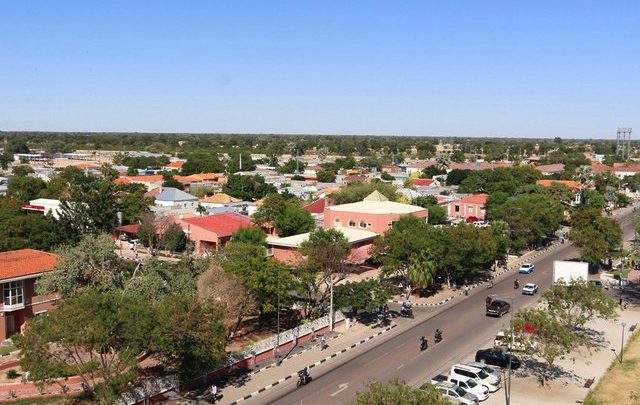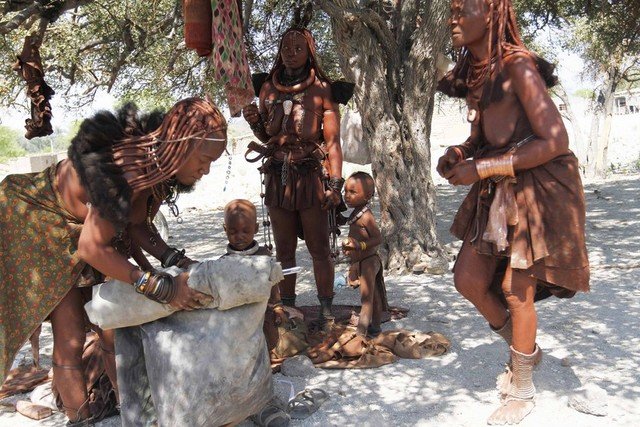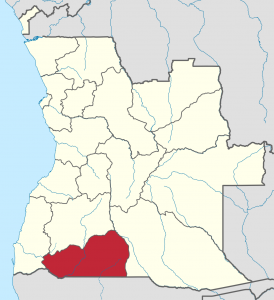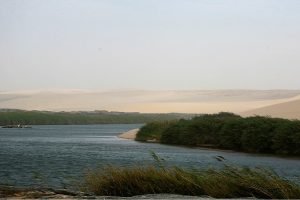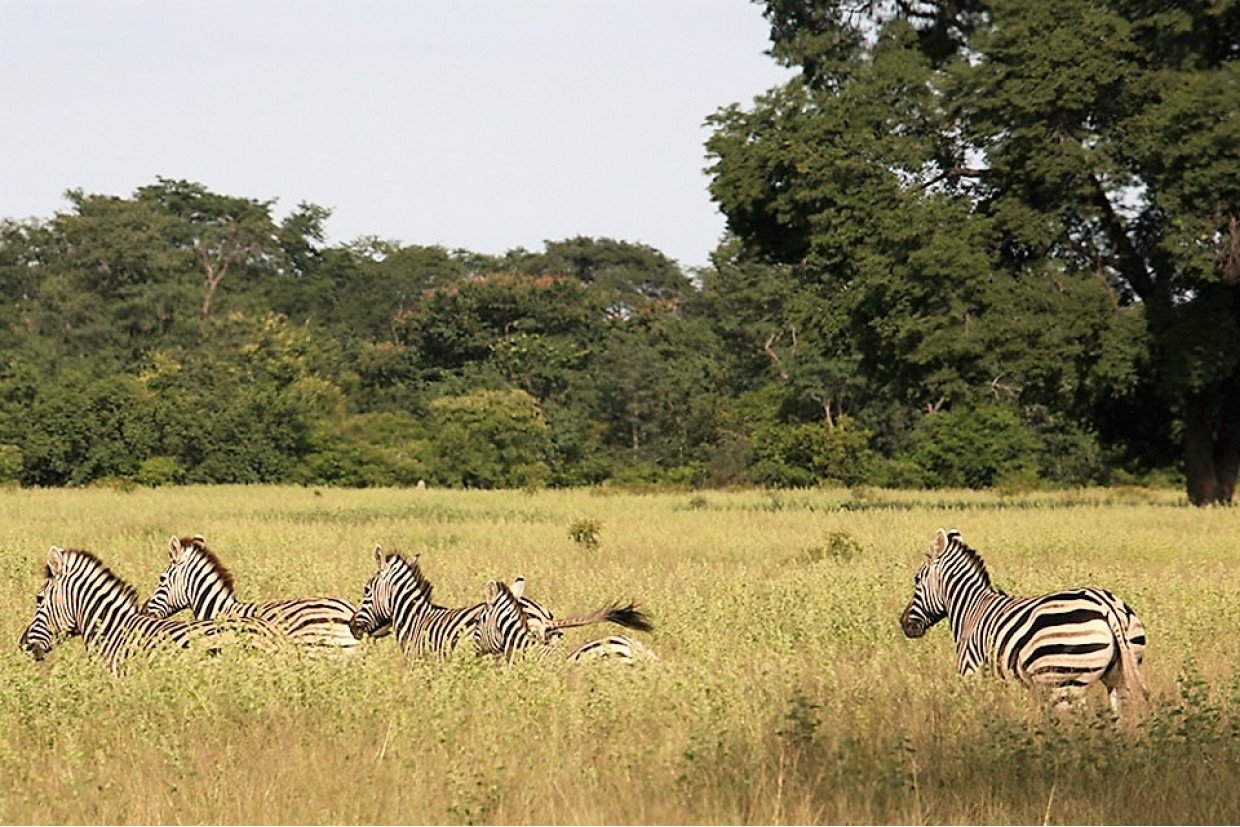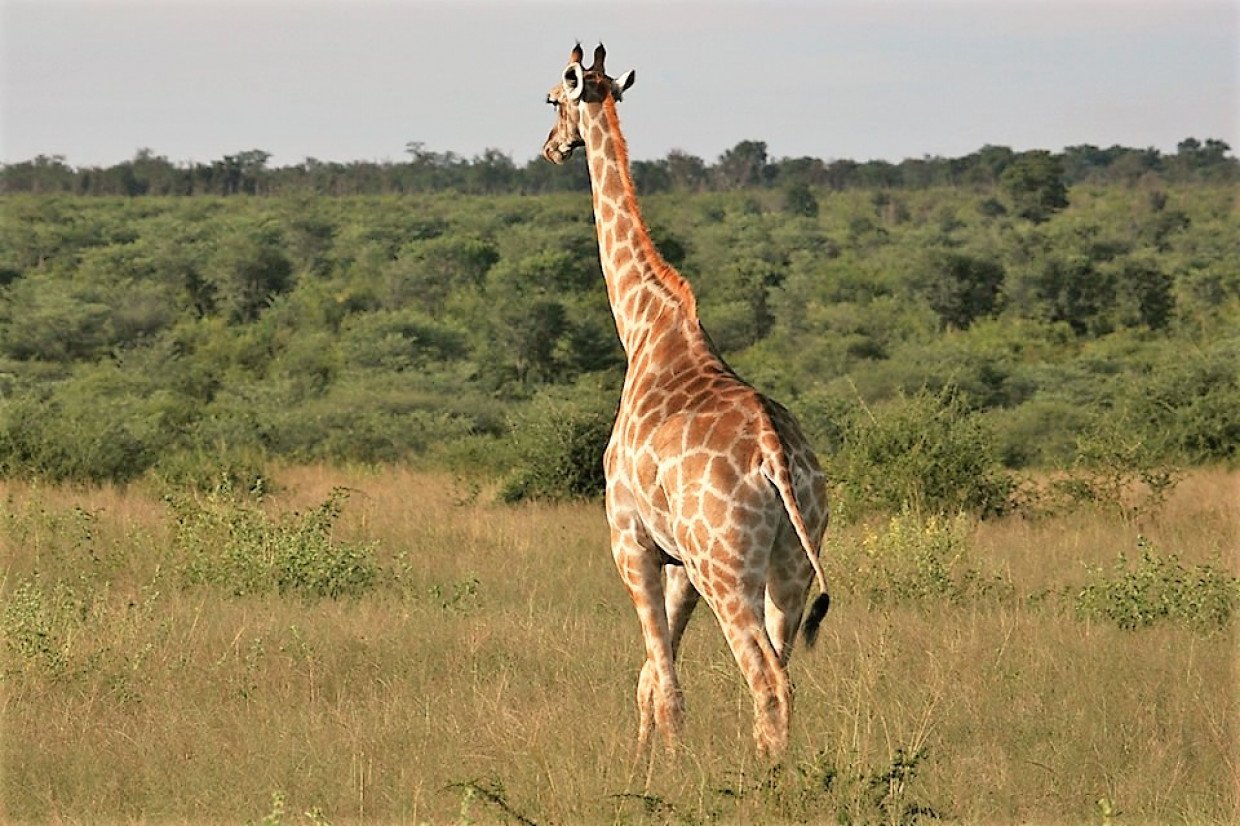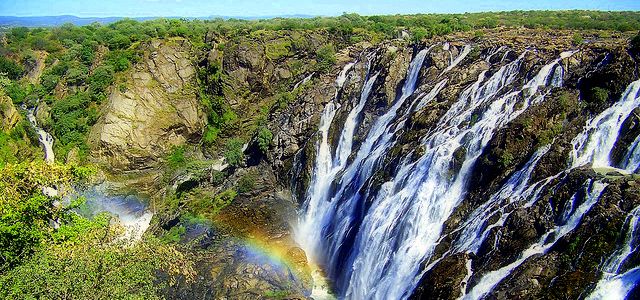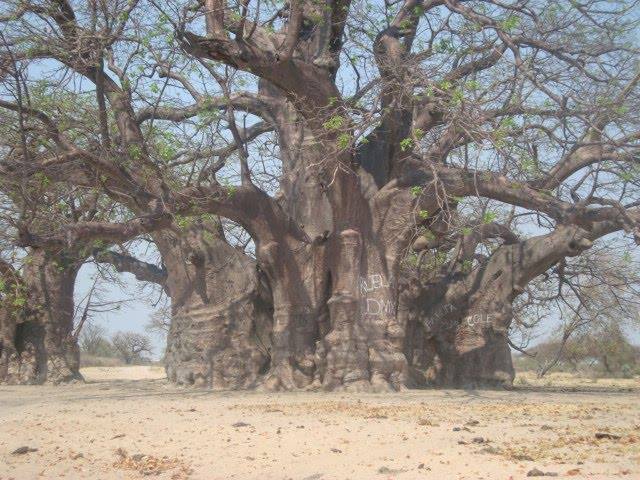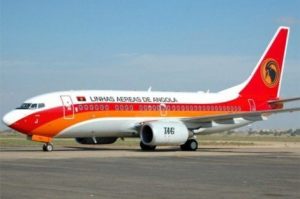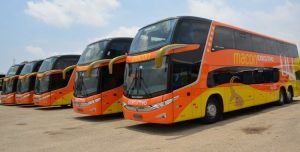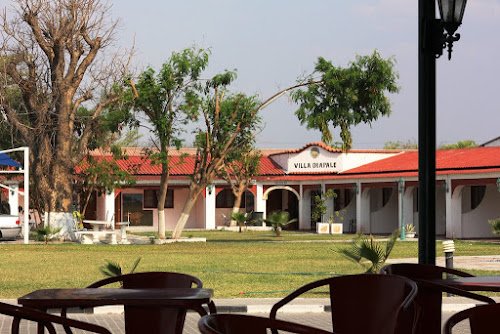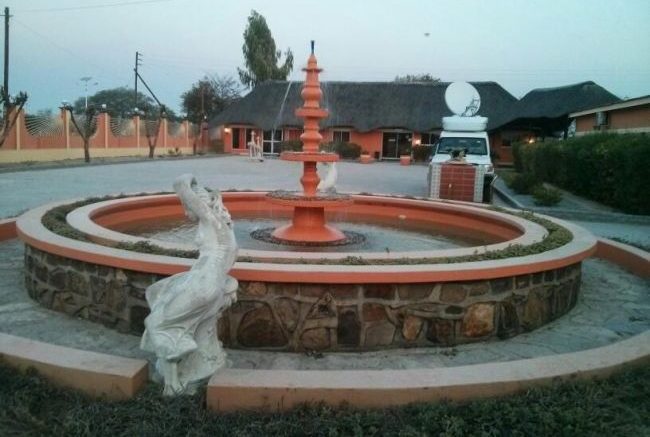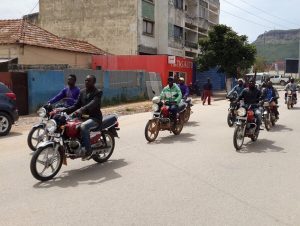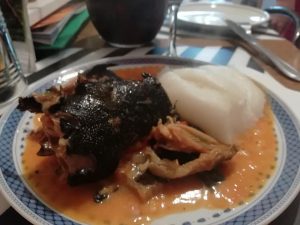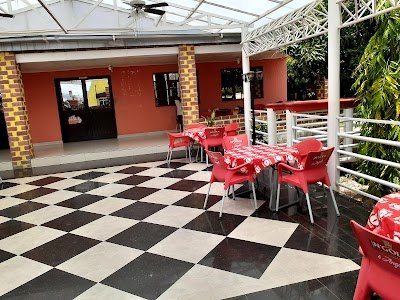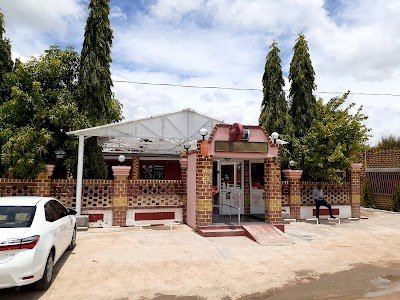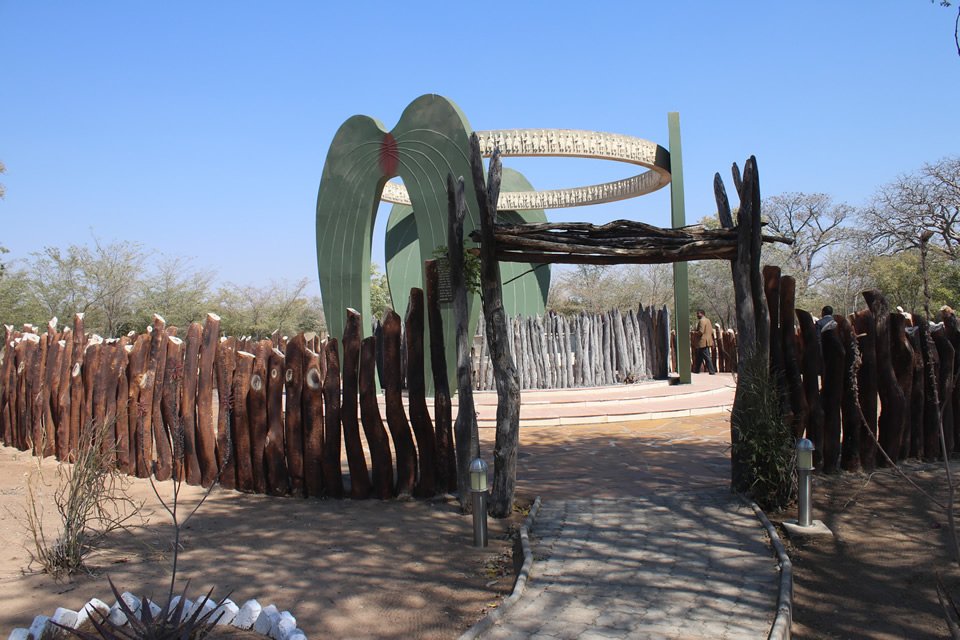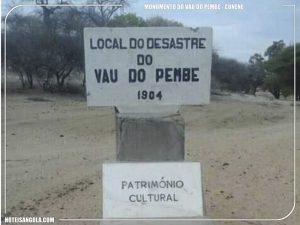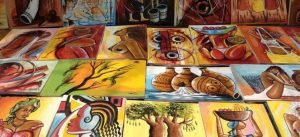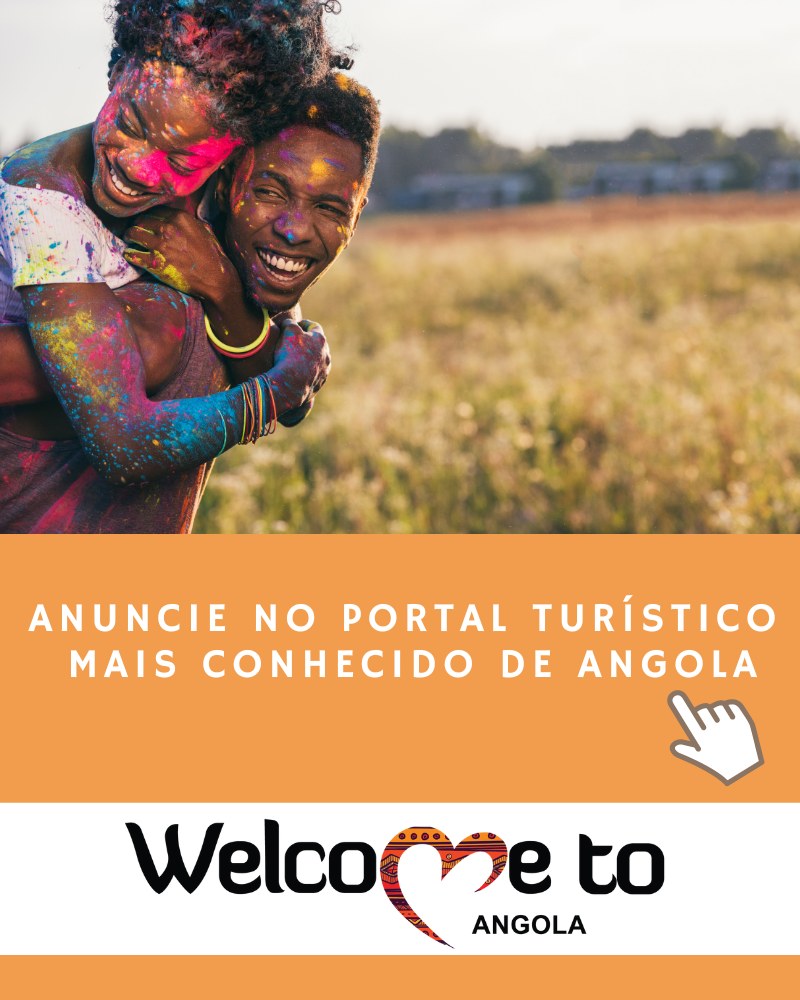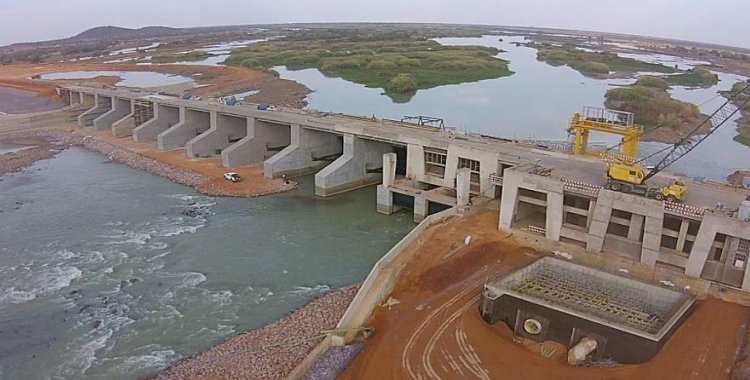- city of ondjiva
History
Cunene province is one of the 18 provinces of Angola located in the southern region of the country. It was founded by General Pereira D'Eça and was taken to the category of province on June 10, 1970, after ceasing to be a district of Huila province. Its capital is Ondjiva, meaning beads made from ostrich eggs.
The southern region was the last in the country to be occupied by the colonial regime (after the death in combat of King Mandume ya Ndemufayo in 1917), Cunene did not experience major architectural investments, like many other provincial capitals in the colonial period.
The history of the province of Cunene is well known for the bravery of its peoples, whose determination made the project of implanting the colonial administration difficult, imposing hard defeats on the attempts to occupy their territory.
Geography and Demographics
Cunene province has a total area of 87,342Km2, nowadays the province of Cunene is divided into 6 municipalities: Kahama, Kuanhama, Kuroca, Kuvelai, Namacunde and finally the municipality of Ombadja
The province of Cunene borders 3 provinces and 1 country which are as follows:
- North with the Province of Huila;
- South with the Republic of Namibia;
- West with the Namibe Province;
- East with the Kuando-Kubango Province;
Climate
Cunene has a dry tropical climate, semi-arid mega-thermal type, with an average annual temperature of 23ºC, with large daily thermal amplitudes.
The month when cold is more intense is the month of July with 17ºC and the month in which the province is hottest is the month of October with 26ºC.
Population
- Cunene ethnic group
It has a population of 965,288 inhabitants (data from 2014), and contrary to the majority of Angola's population, the peoples of this province are not of Bantu origin.
Most of the population belong to the Ovambo ethnic group.
There are 4 ethnic groups:
- Koysan (nomads who live by gathering wild fruits and hunting)
- Ovambos (which are subdivided into Kwanyamas, Kwanyamas and Muvales)
- Nyanecas Humbes
- Hereros (which are subdivided into Mucahones and Mutuas)
The most widely spoken national language in Cunene is Kwanyama.
city of ondjiva
The city of Ondjiva has a total area of 2100 km2, is the capital of the province of Cunene. Its proximity to the Republic of Namibia means that it offers several products from that neighboring country and South Africa. Prices are higher than in Namibia but cheaper than in the rest of Angola.
Its new roads and streets and its clean and prosperous environment attract visitors to discover the city on foot.
Map
- Map of Angola, location of Cunene
Nature
At sights of Cunene are characterized by forests, savannas and steppes.
You rivers most important of this province are the Cunene river, O Kuvelai river and the Kalonga River.
- Cunene river mouth
THE Mupa Nature Reserve is located in the north of the province and covers an area of 6,600km2. It was constituted as a reserve in 1964 with the aim of protecting the local fauna in decline.
This reserve has a vast diversity of animals: giraffes, hyenas, leopards, gungas, rhinos, hippos, zebras, elephants, ostrich, lions, red sables, herons, olongos and impalas.
- Mupa Nature Reserve
- Mupa Nature Reserve
At Ruacana Falls, lie almost on the border with Namibia, in the Kalueke region, on the Cunene River. With a drop of 124m these falls are impressive. However, the best time of year to visit them is in the rainy season as the existing dam in this area leaves them practically without water during the driest periods of the year.
- Ruacana Falls
Biggest baobab in the world
O Colossal is the name of the largest baobab in the world is located in the province of Cunene, municipality of Ombadja, in Xangongo in the village of Péu-Péu.
- Colossal, the biggest baobab in the world
How to get
Cunene has 2 airports, one in Ondjiva and the other in Kahama. There are also aerodromes at Xangongo, Namacunde and Kuroca for small planes. In the city of Luanda, tickets can be purchased at the domestic airport, or via online purchase, on the airline's website TAAG Angola Air Lines bound for the 11 de Novembro airport (Ondjiva).
- TAAG Angola Air Lines
By land, it is possible to reach Cunene de Luanda, passing through the provinces of Kwanza Sul, Benguela, Huíla or Namibe; it can also be reached from Namibia. In Luanda, it is possible to purchase tickets for the MACON at Gamek-Vila or at other bus company stops. Additionally MACON also makes intentional trips to the city of Windhoek (Namibia) and to Kinshasa (DR Congo).
- Macon, Angola transport company.
Where to stay
To have a memorable stay, you can choose the following hotel units:
Aguia Verde Hotel, Pensão Piedade S.Clara or you can choose to stay at Hotel Villa Okapale.
- Hotel Villa Okapale
- Aguia Verde Hotel
Transport
To move around Cunene you can use the following means of transport services:
motorcycle taxi service
Motorcycle taxi services take passengers to their destination, there is a fixed price of 150 Kwanza which is equivalent to 0.24 USD, and 0.20 Euros, but if the distance is greater than normal, the price increases .
- Motorcycle taxi service in Cunene
Public transport
The province has public transport such as buses, mini-buses, and blue and white taxis (Candongueiro).
Typical dishes & where to eat
The typical dishes of this region is usually funge accompanied by various sauces, vegetables, fish and meat. Beef is very popular in the cunene.
- Funge accompanied with smoked catfish sauce
To taste some of the typical dishes in the province of Cunene you should visit the following restaurants:
- Rosmelia Restaurant (Located in Ondjiva);
- Catinho from Aunt Gia;
- Miolo Restaurant;
- Horizon Restaurant.
- Horizonte Restaurant
- Horizonte Restaurant
What to do
O King Mandume's Memorial, also known as pack big it houses the remains of the last King Kwanyama. It is located 42km from Ondjiva, halfway between the capital and Santa Clara, in Namacunde. Surrounding the memorial are trunks symbolizing the heroic deeds of the Kwanyamas against the Portuguese.
Here there is also a tourist and business complex.
- pack big
Vau-do-Pembe Monument it was erected in memory of the Portuguese fallen in the act of crossing the Cunene River due to the resistance of the nationalists.
- Vau do Pembe Cultural Heritage
What to bring in the suitcase
- The climate in Cunene is quite dry, so you can't miss the skin moisturizing cream in your suitcase;
- Summer clothes;
- Camera;
- Cash money, if the trip is by bus, you will certainly come across many vendors along the way, sales from the informal market;
- Sunglasses;
- And good disposition to discover the charms that the province has.
Tips for managing your expectations
- When traveling in some part of the world, you can certainly find someone to provide you with the same service, but with totally different services. However, the attendance of certain services may be below your expectations, due to delays, especially public services;
- You may without encountering some network difficulties to access the internet, or voice calling in some parts of the province;
- There are traditional authorities at some points of tourist attractions, to gain access, authorization from the local authorities (Soba) is required.
What to take home
So as not to leave Cunene province empty-handed, here are some tips for what to take home as a souvenir:
- Photo at Embala Grande:
- Works of art:
- Works of art made in Cunene
- Handmade clay pots:
- clay pots
Finally, you can enjoy a complete visit to the province of Cunene. Please let us know if this article was helpful to you in the comments below.
Enjoy it!

